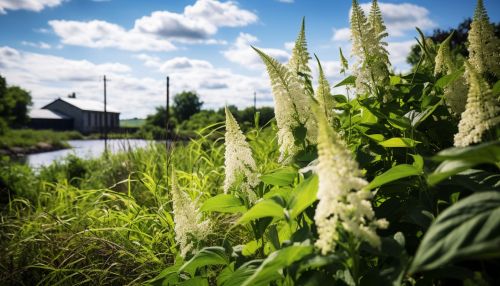Ecological Impacts of Invasive Species
Introduction
Invasive species are organisms that are not native to a specific location, and that have a tendency to spread, which is believed to cause damage to the environment, human economy or human health[1]. The ecological impacts of these species are significant and far-reaching, altering ecosystem function, reducing biodiversity, and negatively impacting human activities.
Ecological Impacts
Invasive species can have profound effects on the ecosystems they invade by changing the community structure, productivity, and nutrient cycling[2]. These changes can have cascading effects through the ecosystem, affecting a wide range of organisms.
Alteration of Ecosystem Function
Invasive species can significantly alter the function of ecosystems. For instance, they can change the fire regime, nutrient cycling, hydrology, and energy flow. For example, the introduction of the invasive grass species, Cheatgrass, in the western United States has altered fire regimes by increasing the frequency and intensity of fires[3].
Reduction of Biodiversity
Invasive species can reduce biodiversity by outcompeting native species for resources, predating on native species, or introducing diseases. The loss of biodiversity can have significant ecological and economic impacts, as biodiversity contributes to ecosystem productivity, nutrient cycling, and provides economic benefits through activities such as tourism and fishing.
Impact on Human Activities
Invasive species can also have significant impacts on human activities. They can negatively impact agriculture, forestry, and fishing industries by reducing crop yields, damaging equipment, and outcompeting commercially valuable species. Invasive species can also impact recreational activities, such as boating and fishing, by altering the ecosystems that these activities rely on.


Management and Control of Invasive Species
The management and control of invasive species is a complex and challenging task. It requires a combination of approaches, including prevention, early detection and rapid response, containment, control and eradication, and restoration of affected areas. Each of these approaches requires significant resources and coordination between various stakeholders.
